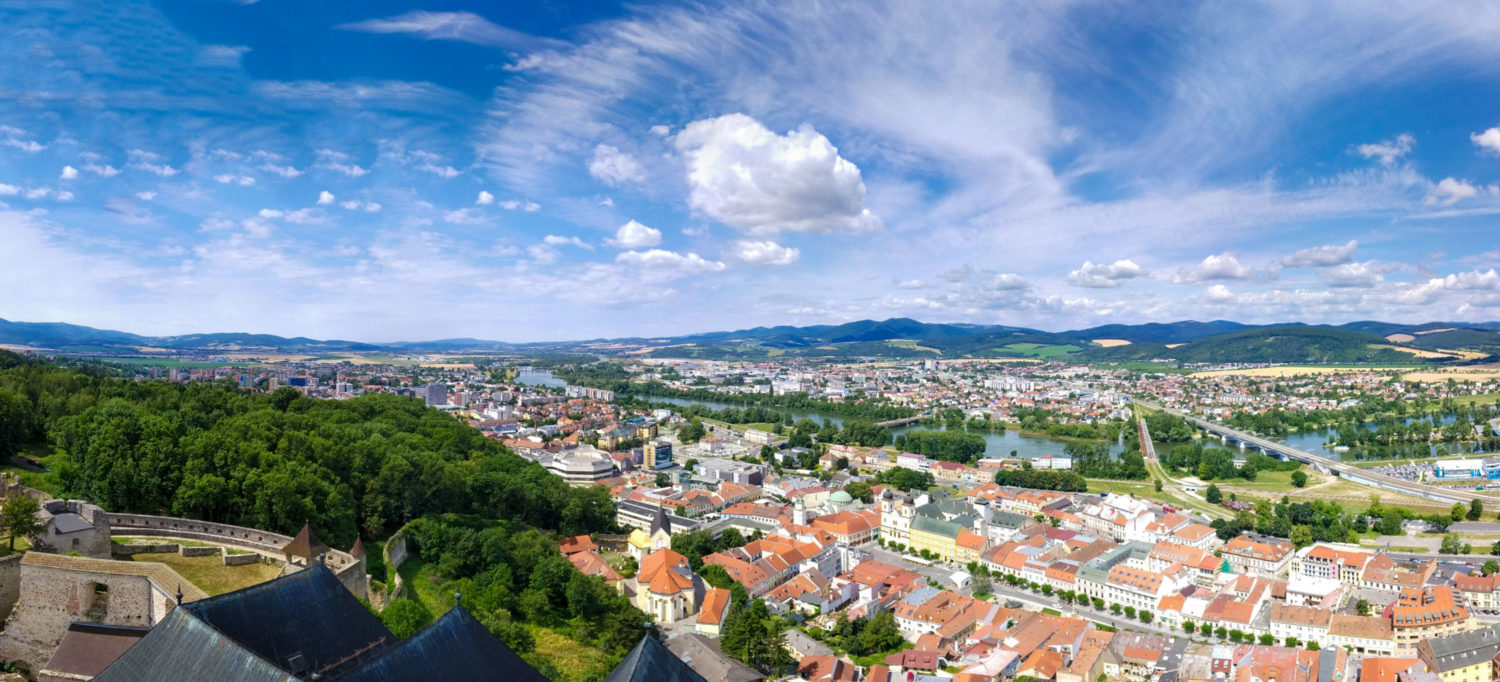After the completion of the afforestation of Brezina, there was still only a meadow of 4.4 hectares in the area of today’s Cherry Orchard. With the arrival of 1912, its new destiny began to be fulfilled. The municipality decided that there would be an orchard that would, as the city annals from 1912 cite, “enrich and adorn the appearance of our town and help enhance its quality in terms of health.”
Why cherry trees?
Various fruit trees like apple trees were considered for planting. In the end the choice fell on cherries. The reason behind this decision was that “at the time of the flowering and bearing of the first fruits, the cherry trees will make the view more pleasant and enchant everyone with their scent because there is nothing more beautiful and bewitching than the fragrance of a blossoming cherry tree.” Anyway, the decision was also based on practical grounds that are understandable even today – the cherry trees were chosen also because they would ripen very soon, so the orchard would not have to be guarded for long.
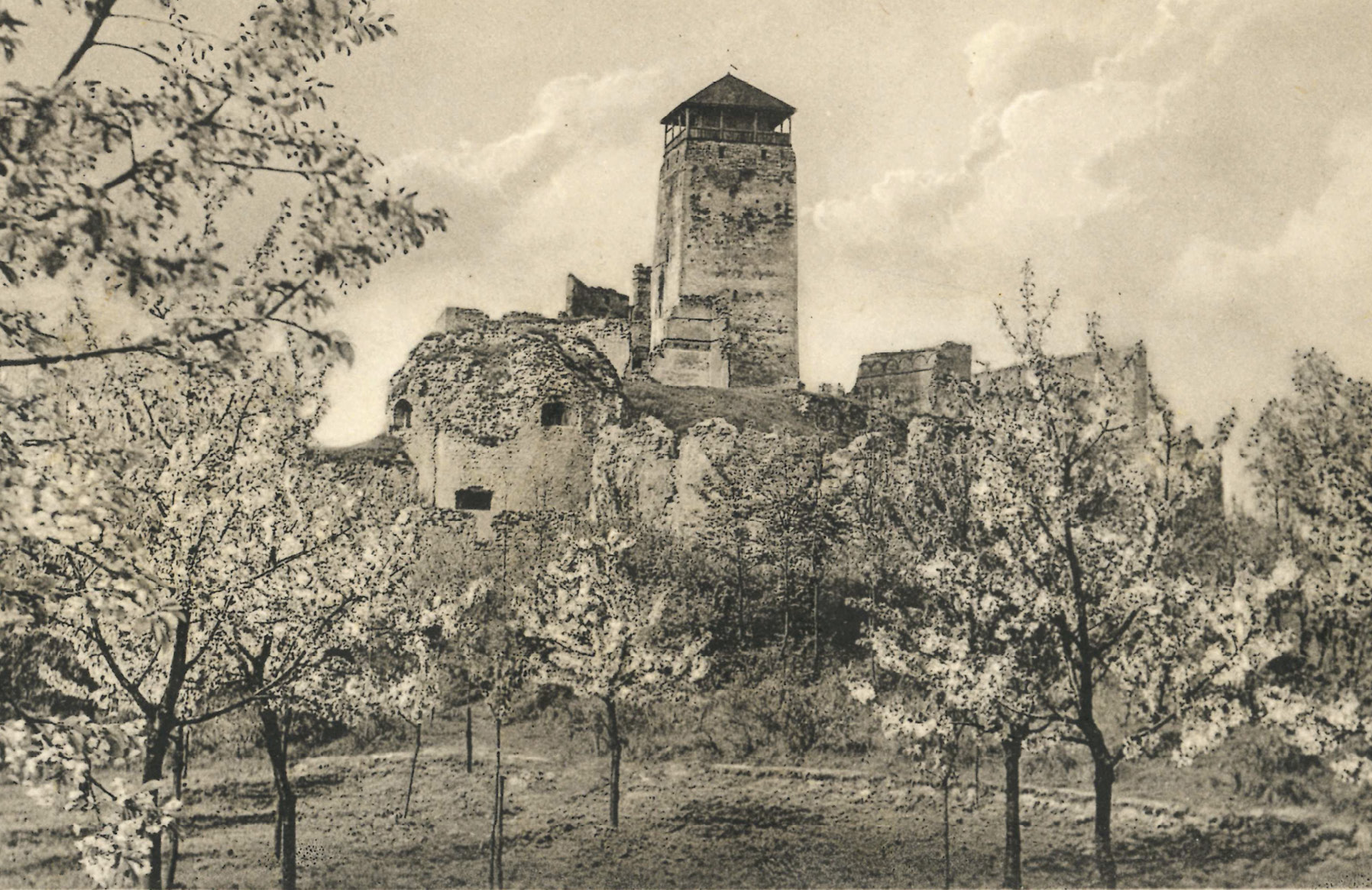
Unfortunate years of drought
The originally planned Cherry Orchard was to have 3,000 trees. In the spring of 1912, the first 1,000 cherry seedlings were planted, but only 400 of them survived and the other 600 dried up. The burgher’s annals from 1912 report that the cause of the failure was the fact that the young trees had been planted during the spring, followed by an extreme 6-week drought. The trees thus had no chance of surviving. However, more trees were planted in the autumn, and in the spring of 1913, there were 858 young cherry trees rooted in the new Cherry Orchard. At that time, the municipality decided to plant another 2,142 trees to complete the work. The following year, however, World War I broke out and we have no records of whether this plan was successful.
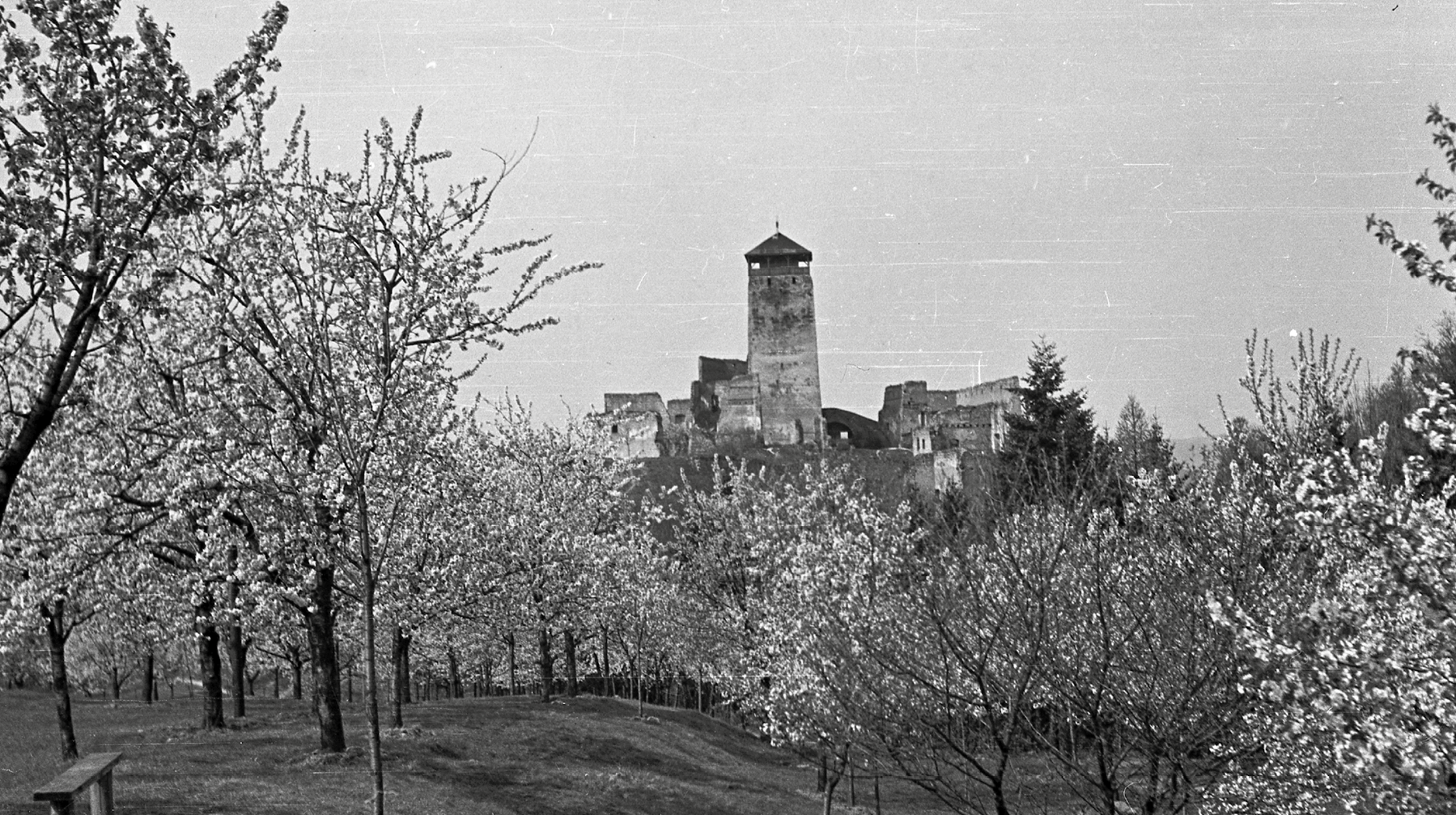
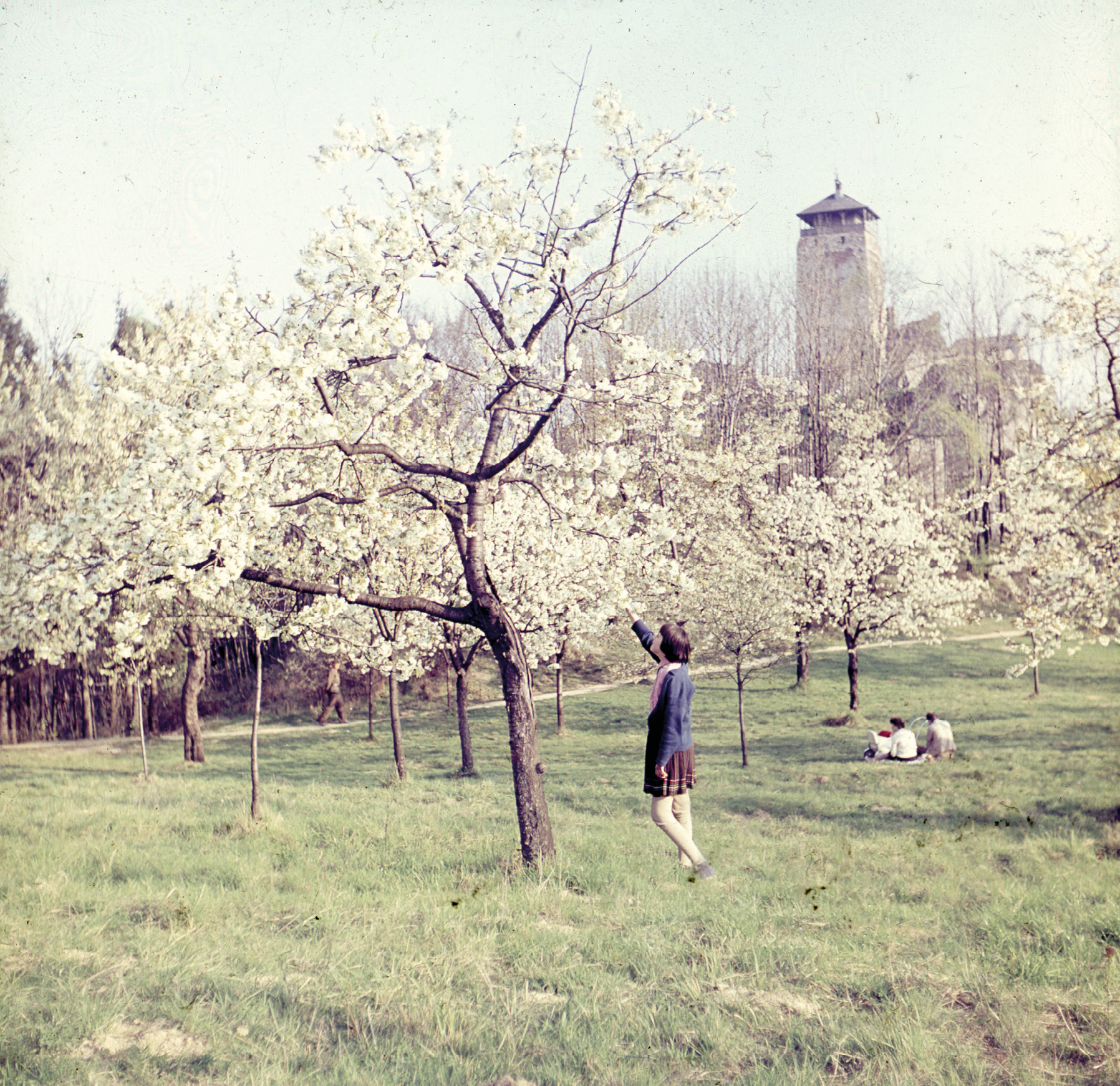
Cherries for the buck
Living contemporaries still remember the municipal gardener, who cultivated the orchard and replaced the dry trees with new ones. At the time of ripening, there were two guards in the orchard, protecting the harvest and catching thieves. The trees were numbered and people could pick the cherries from one whole tree for as little as 5 crowns.
The cultivation of the orchard lasted until the second half of the 20th century. In the following years, however, the orchard began to deteriorate and wither. It was not cleared of wind-dispersed trees and so the cherries gradually began to dry out. Birches, pines and lindens were planted in places where cherry trees had been growing before. Together with the wind-dispersed trees, the new trees deprived the remaining cherry trees of the sunlight, until there were only the last seventy left.
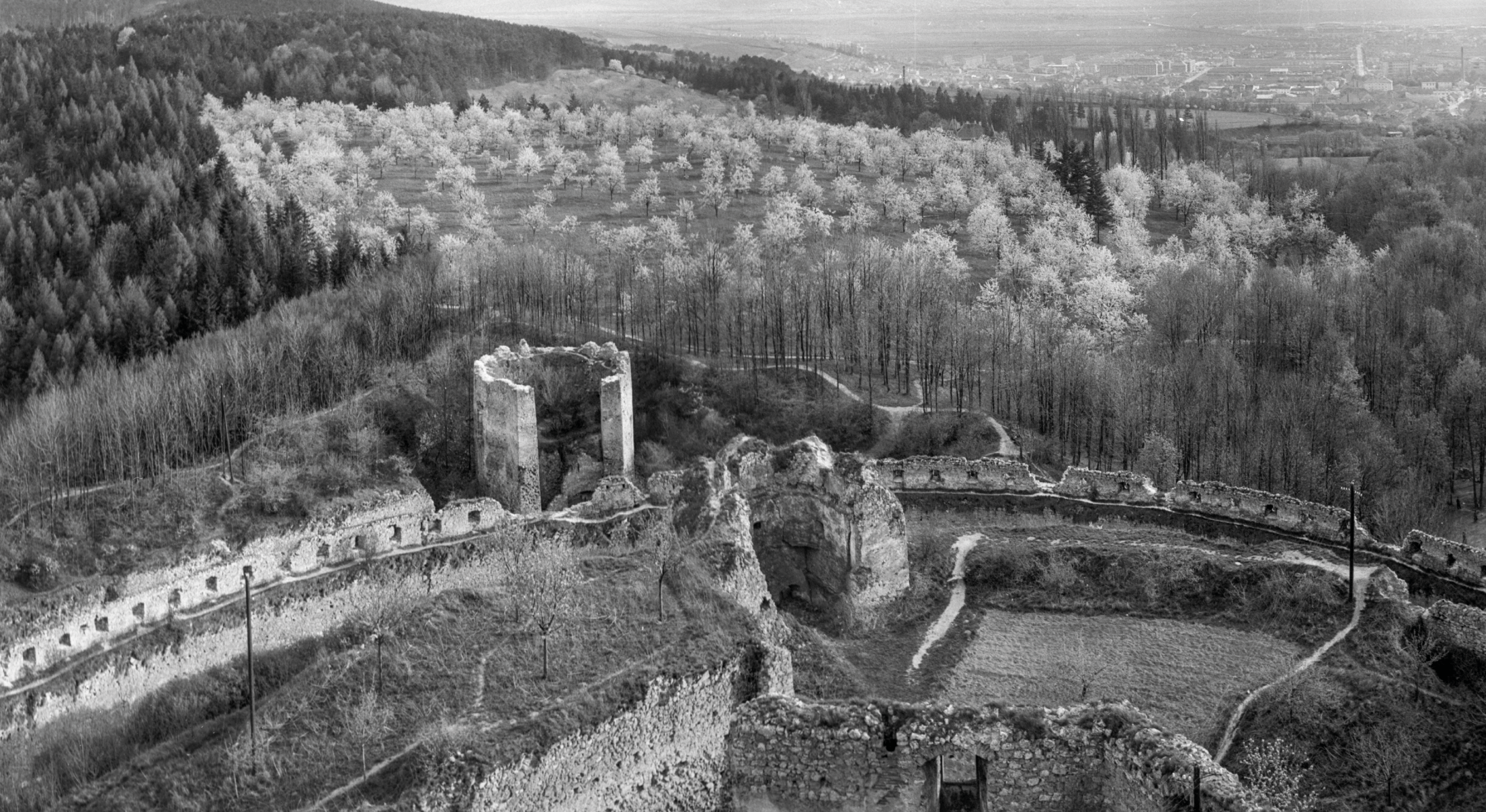
Cherry grannies
During the mapping in 2015, the expert pomologists found that there were fourteen different varieties of cherries still growing in the orchard, most of them of the Napoleon (twelve trees) and Schneider (six trees) varieties. Moreover, four trees of the original local variety Medňanská (or Medná) were also found. Krupinská dudečka and Skalka varieties, of which there is only one tree in the orchard, are also precious and rare.
According to experts, 4 or 5 cherry trees could still be original, which means they were planted in 1912 and 1913.
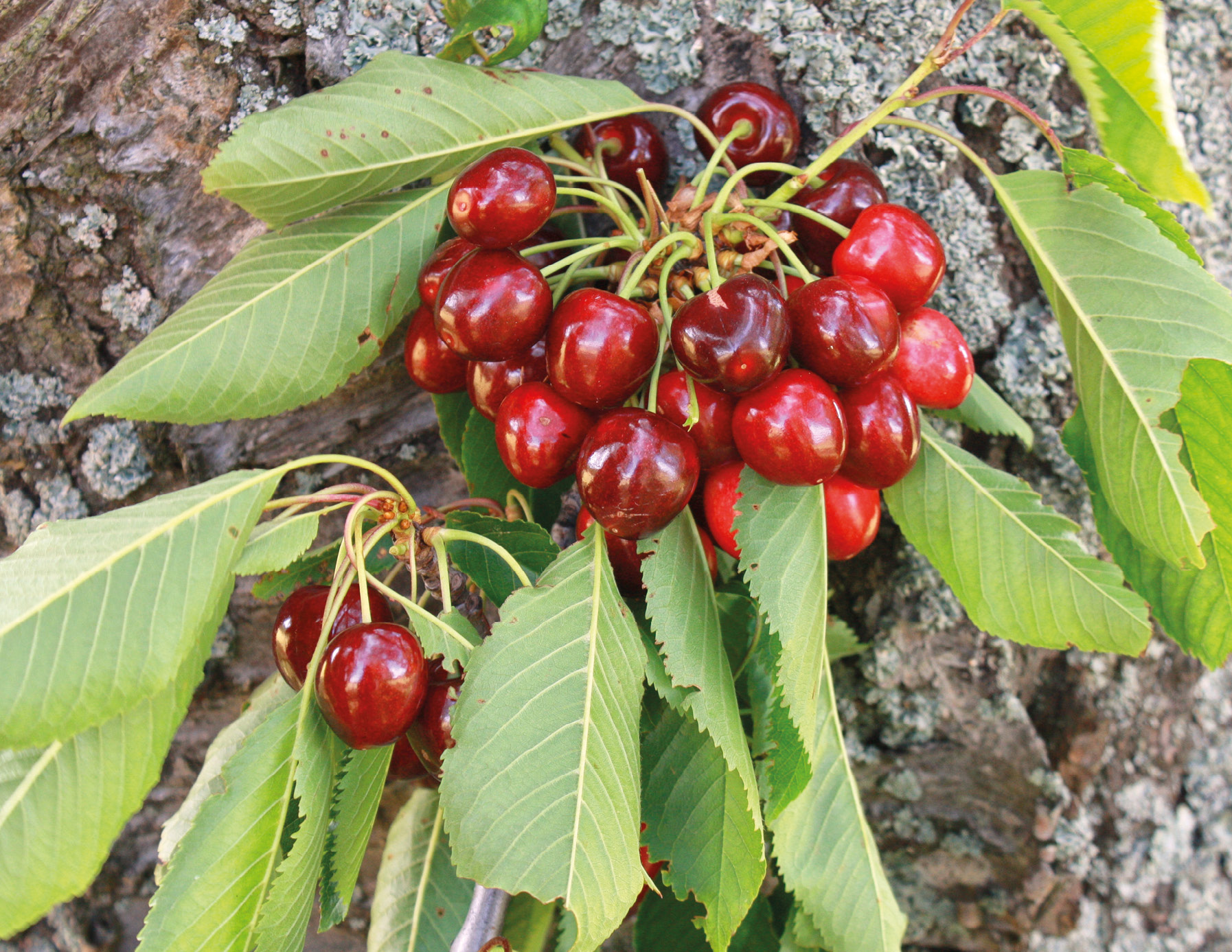
Author: prepared in collaboration with the State Archive in Trenčín.
Pictures:
- Picture 1: from the Ján Hanušin collection
- Picture 2, 3 and 5: from the Museum of Trenčín collection
- Picture 4: Citizens’ association GenoFond, Zuzana Ištvánová


